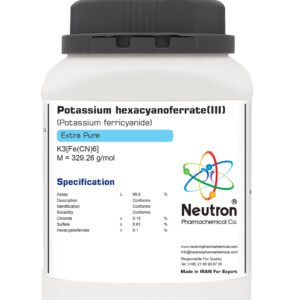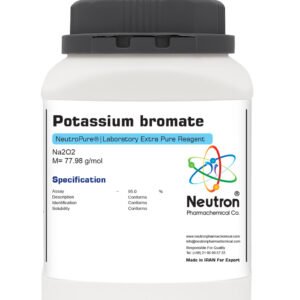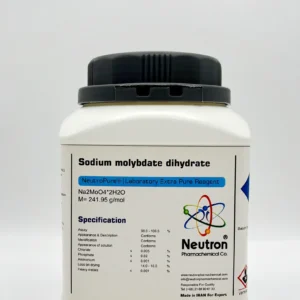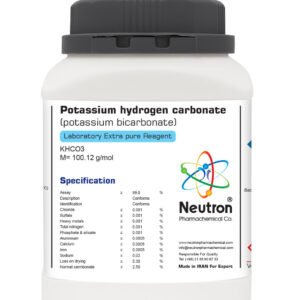کافئین انهیدروس
| Formula | C8H10N4O2 |
| Chemical formula | C8H10N4O2 |
| Density | 1.23 g/cm3(18 °C) |
| Molar mass | 194.20g/mol |
| Bulk density | ~ 220 kg/m3 |
| CAS number | 58-08-2 |
| EC index number | 613-086-00-5 |
| HS Code | 29393000 |
| EC number | 200-362-1 |
| Storage | Store at 15 to 25 °C |
| SDS | available |
| R phrase | R 22 |
| Odour | odourless |
| Form | solid |
| Color | white |
| p H | 5.5 -6.5 (10g/l 20 °C) |
| Solubility in water | 20 g/l (20°C) |
| Ignation temperature | ~ 600 °C |
| Melting point | 235 – 239 °C |
| Vapour pressure | 20 hpa (80 °C) |
| Assay | 98.5 – 101.0 | % | |
| Description | Conforms | ||
| Identification | Conforms | ||
| Solubility | Conforms | ||
| Appearance of solution | Conforms | ||
| Readily carbonisable substance | Conforms | ||
| Acidic substances | Conforms | ||
| p H | 5.5 – 6.5 | ||
| Sulfate | ≤ | 0/05 | % |
| Heavy metals | ≤ | 0/001 | % |
| Sulfated ash | ≤ | 0/1 | % |
| Loss on drying | ≤ | 0/5 | % |
| Melting range | 235.0 – 239.0 | °C |
Caffeine anhydrous is a white, odorless, crystalline powder form of caffeine that contains no water molecules. It is commonly used as a stimulant in pharmaceuticals, energy supplements, and sports nutrition products due to its fast absorption and potency.
🏭⚗️ Production
Caffeine anhydrous is produced by extracting caffeine from natural sources such as coffee beans, tea leaves, or guarana, followed by purification and dehydration to remove all water content. The result is a concentrated, dry form of caffeine suitable for precise dosing in tablets and capsules.
🔬 Properties
The chemical formula is C₈H₁₀N₄O₂ with a molar mass of approximately 194.19 g/mol. It appears as a fine, white crystalline powder, practically insoluble in cold water but more soluble in hot water and organic solvents. It is stable under normal conditions and highly bioavailable when ingested.
🧪 Applications
Caffeine anhydrous is widely used in energy pills, pre-workout supplements, weight-loss products, and over-the-counter pain relievers to enhance alertness, reduce fatigue, and improve physical performance. It is also used in research settings to study central nervous system stimulation and metabolic effects.
⚠️ Safety
While generally safe in moderate doses (up to ~400 mg/day for healthy adults), excessive intake may cause restlessness, anxiety, insomnia, increased heart rate, or gastrointestinal discomfort. Overdose can lead to serious side effects such as arrhythmia or seizures. It should be handled with care in concentrated forms and stored in a cool, dry place, away from moisture and incompatible substances.





